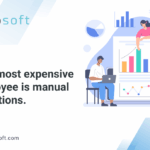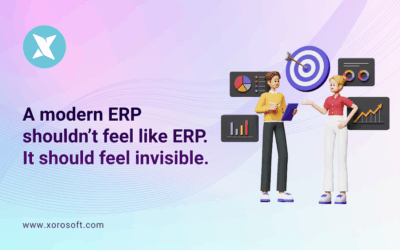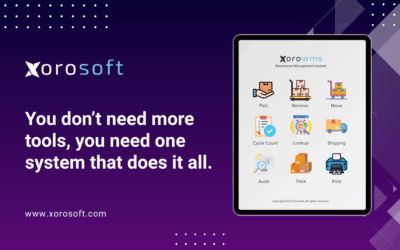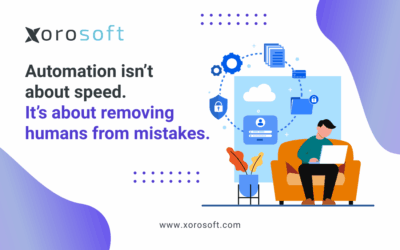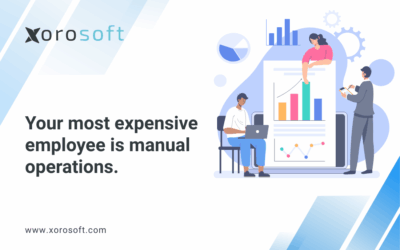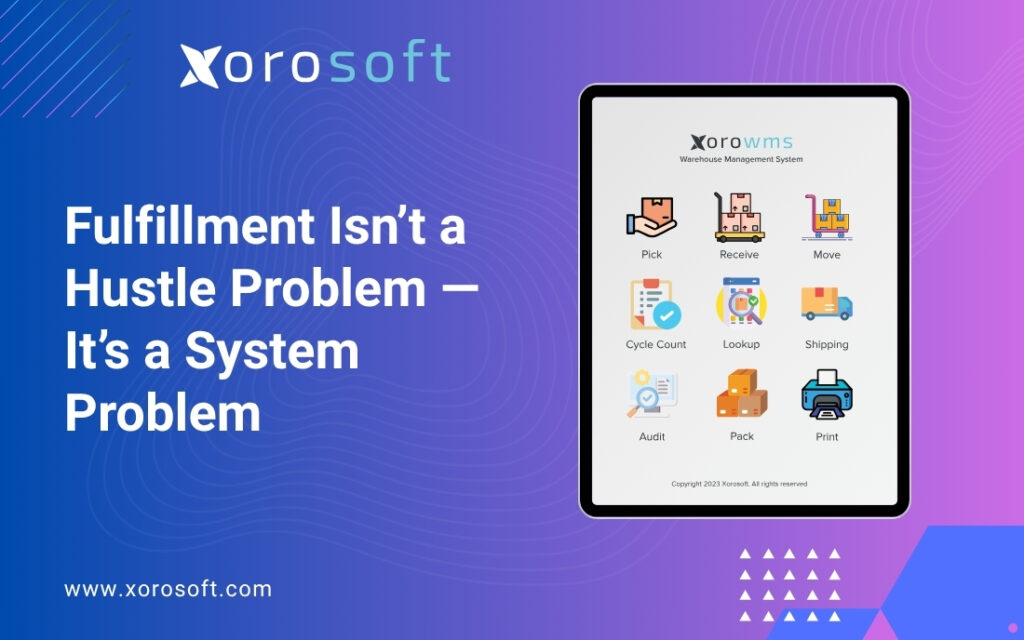
Why Fulfillment Chaos Isn’t About Effort—It’s About Systems
If your operations team is constantly in reactive mode, racing against the clock to ship orders, you’re not alone. Many businesses assume the solution is more effort—more staff, more hours, more hustle. But here’s the truth: most fulfillment chaos stems from deeper fulfillment system problems, not from poor work ethic.
Growing businesses often do what they can with what they have. Therefore, they end up with a patchwork of tools, spreadsheets, and disconnected workflows. And while this may work temporarily, it can’t support scale. In fact, it breaks down fast.
So, before you hire another warehouse associate or invest in yet another shipping plugin, ask yourself: Is this really a people issue—or is it a system issue?
What Fulfillment System Problems Actually Look Like
When fulfillment starts falling apart, it doesn’t always look like a systems failure on the surface. It looks like:
-
Late shipments and angry customer reviews
-
Incorrect orders or frequent returns
-
Customer service scrambling for answers
-
Inventory showing “in stock” online—but empty shelves in the warehouse
-
Separate workflows for Amazon, Shopify, and B2B orders
-
Endless spreadsheet juggling just to keep track of what’s going where
These symptoms are frustrating. However, they’re not just signs of growth—they’re warning signals that your fulfillment infrastructure wasn’t built to scale.
Moreover, every one of these symptoms is rooted in a common thread: a lack of unified, real-time visibility across systems. Because of this, your team isn’t just managing orders—they’re constantly firefighting.
Why These Problems Don’t Go Away—Even When You “Fix” Them
Many businesses respond to these challenges by adding more tools or hiring more people. While that might temporarily reduce the pressure, it rarely solves the root issue.
Let’s take a closer look at why these fulfillment system problems persist:
-
Disconnected systems: Your inventory software doesn’t talk to your sales channels or accounting system. As a result, data becomes outdated within minutes.
-
Manual processes: Employees are stuck re-entering the same information in multiple places. This not only wastes time, but also increases the chance of human error.
-
No real-time data: You think you have 15 units in stock. Unfortunately, that number was accurate two hours ago, not now.
-
Poor visibility: No one knows what’s been picked, packed, shipped, or delayed unless they ask around.
-
Bolt-on warehouse tools: Many companies try to “fix” things with third-party WMS software that doesn’t integrate well. Unfortunately, this often creates more complexity, not less.
Because these issues are deeply structural, they resurface again and again. Consequently, businesses find themselves in an endless loop of temporary fixes and recurring problems.
The Cost of Fulfillment System Problems Is Higher Than You Think
While some errors might seem small—like a mispicked order or a delayed shipment—the costs add up quickly. For example:
-
A single return due to a wrong item can cost you double the shipping plus a lost sale.
-
Poor inventory visibility may lead to stockouts during peak season, resulting in missed revenue.
-
Inconsistent processes confuse your staff, drain morale, and increase training overhead.
-
Customer churn rises when service teams can’t resolve issues quickly.
Additionally, operations teams under pressure often burn out faster. Because they’re constantly firefighting, they never have time to improve systems or strategize for growth.
Modern ERP: The Solution to Fulfillment System Problems
At a certain point, it becomes clear: disconnected tools, manual workarounds, and bolt-on systems just won’t cut it anymore.
That’s why fast-scaling companies are turning to cloud-based ERP systems to solve fulfillment system problems from the ground up.
Here’s how a unified ERP system changes the game:
-
One system for all your operations: Sales, purchasing, inventory, fulfillment, finance—fully connected.
-
Real-time inventory tracking: Stock levels sync automatically across channels and locations.
-
Native WMS built in: No more clunky integrations—warehouse workflows are part of the platform.
-
Order routing automation: The system directs orders to the right warehouse, team, or shipping method instantly.
-
Live dashboards: Everyone, from customer service to finance, sees the same up-to-date data.
Moreover, ERP systems like Xorosoft don’t just replace legacy tools—they introduce new automation and visibility that enable proactive decision-making.
How Xorosoft Fixes Fulfillment System Problems—Permanently
Xorosoft ERP is designed specifically to tackle the challenges fast-growing businesses face.
Here’s what makes it different—and better:
- Real-time data across the board: Inventory, orders, returns, and financials all sync instantly.
- Built-in WMS, not a bolt-on: Streamline receiving, putaway, picking, packing, and shipping—all natively.
- Cloud-native architecture: Deploy quickly and scale without expensive custom development.
- Multi-channel integrations: Seamless connections with Shopify, Amazon, EDI, 3PLs, and more.
- Powerful automation: Trigger actions like invoices, shipments, and inventory updates with zero manual input.
- #1 in Ease of Use on G2: See why users rate Xorosoft #1 in usability.
- Available on the Shopify App Store: Install instantly here.
Because Xorosoft was built to unify every part of your business, it eliminates the silos and slowdowns that lead to fulfillment system problems.
Still Using Workarounds? Here’s What You’re Risking
If you’re still relying on spreadsheets, manual updates, or disconnected tools, your risk profile is growing—whether you see it yet or not.
Here’s what’s at stake:
-
Customer trust: One bad experience can drive away a loyal buyer.
-
Operational agility: When problems arise, you react too slowly.
-
Scalability: As order volume increases, so does complexity.
-
Profit margins: Mistakes cost money—period.
And here’s the harsh reality: the longer you wait to fix your systems, the more expensive the fix becomes. Early investments in the right infrastructure often pay for themselves faster than you’d expect.
Fulfillment System Problems Don’t Solve Themselves—You Need a Plan
If you’re nodding your head because this all sounds familiar, you’re not alone. The good news? You don’t need to keep running your business on reactive mode.
Instead of overworking your team or adding more apps, you can invest in a platform that actually makes things easier. A modern ERP like Xorosoft gives you the clarity, control, and confidence you’ve been missing.
Additionally, the implementation process is faster than you’d think. Because it’s cloud-native, Xorosoft deploys quickly and doesn’t require massive upfront investment or months of downtime.
Start Fixing Fulfillment System Problems Today
Every order your team fulfills should build customer trust—not expose operational cracks. With Xorosoft ERP, you get the tools, automation, and visibility to make that a reality.
Because fulfillment shouldn’t be a hustle. It should be a system that works.




